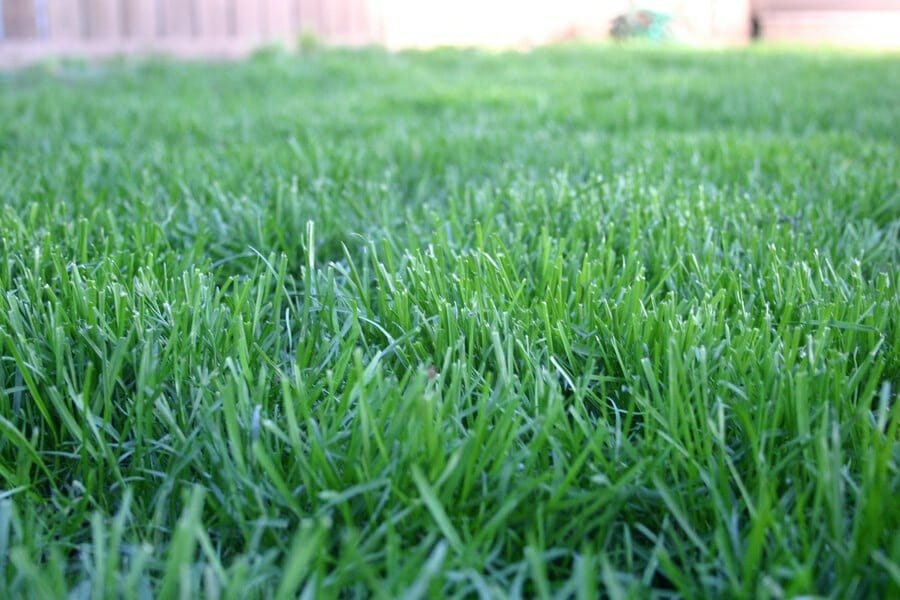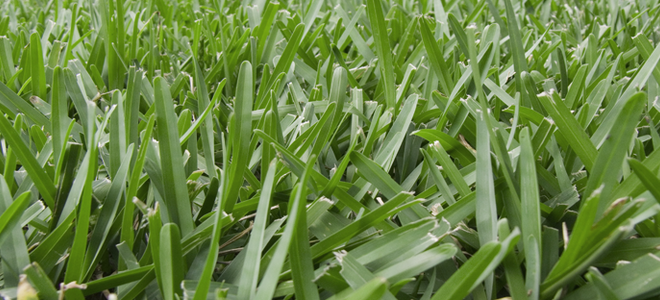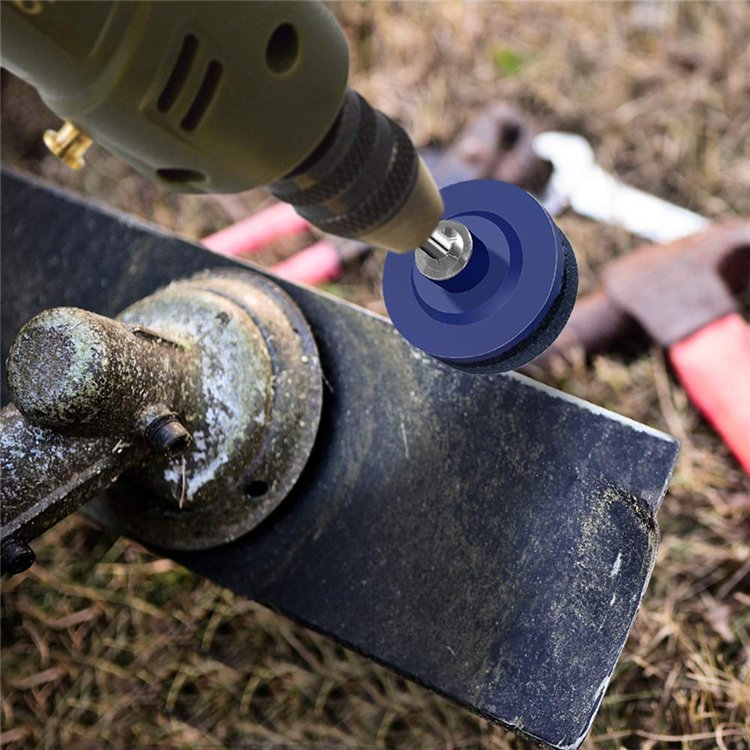Best Practice For Lawn Cutting
Read MorePosted on: May 12, 2022Luis M Pérez
Grass cutting is one of the most important aspects of maintaining a beautiful, healthy yard, as it helps increase turfgrass density, which produces a thicker lawn that is resistant to weeds. Below we will outline the Best Practices For Lawn Cutting for Illinois, Indiana, and Texas Lawns.
Grass Cutting: Illinois & Indiana
The most common types of grasses found in Illinois and Indiana include:
- Kentucky Bluegrass
- Fescue
- Ryegrass
When cutting “northern” types of grasses, we strongly recommend that you do not cut them too short. These grasses should be cut to approximately 3 to 5 inches tall. In the summer heat, we strongly recommend that you stay on the higher end of this scale of 4 to 5 inches. Cutting higher helps provide natural shade to the grass roots and reduces the possibility that the roots will dry out quickly in the heat.

Grass Cutting: Texas
The most common types of grasses found in Texas include:
- Bermuda
- Zoysia
- St Augustine
When cutting Bermuda grass, we strongly recommend that you cut it 1 to 2 inches. It is also very important to cut Bermuda grass every week because if you miss a week and cut it too short you will cut it right down to the roots of the grass and your lawn will immediately appear brown. For Zoysia and St. Augustine grass, we recommend cutting it between 2.5 and 3 inches.

Leave Grass Clippings or Bag Them?
In Texas, we suggest that you leave your clippings on the lawn. This helps build a protective barrier that allows the grass to retain moisture in the summer months and helps choke out weeds. However, if your yard develops a fungus, we recommend that you pick up the clipping for 2 to 3 mowing cycles, which will give your lawn time to recover from the disease.
We suggest bagging your clippings in Illinois and Indiana because we want to avoid developing a thatch layer. In these northern regions, the root system is deeper, so water needs to get deeper down in the soil, and thatch prevents this. For example, in Texas, Bermuda grass has roots only about 1 inch deep, but in Illinois and Indiana, the roots are closer to 3 inches deep.

Rule Of Thumb
When you’re grass cutting, it is also important that you do not cut off more than a third of the grass blade in one cut. You may not measure your grass with a ruler, but this “Rule of Thumb” can be managed by never going more than a week in between cuts. If you cut off more than a third of the grass blade at one time, you are likely to cut off the grass’s nutrient supply, resulting in a dry, patchy yard.
Also, it is very important to sharpen your mower blade yearly. If you cut your grass with a dull mower blade, it will rip and tear the grass leading to damaged and diseased turf.
Finally, we also suggest that you make sure your grass is healthy before cutting it, as you do not want to spread diseases throughout your yard.
Did you know?
One helpful tip for better weed control that most people don’t know is to cut your lawn 4-7 days after a Lawn treatment. This allows enough time for weed killers to penetrate the weeds and speeds up their control.
Want To Learn More, Or have questions?
For more information on grass cutting, don’t hesitate to contact our Lawn Care Expert, Luis Perez, via email at luisp@doctorgreen.com.

